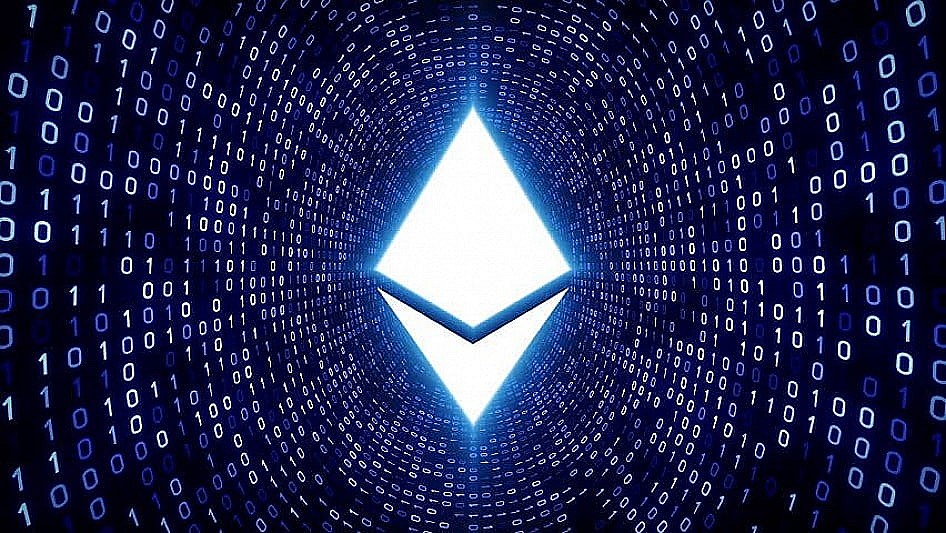Ethereum Gas Fees Plummet to Historic Lows
30.07.2024 9:00 1 min. read Alexander Stefanov
The Ethereum network is currently experiencing a significant drop in gas fees, impacting both mainnet and Layer 2 transactions.
The average mainnet gas fee has fallen to 4 Gwei, about $0.21, with some transactions costing as little as 3 Gwei, around $0.14, per data from Etherscan. Layer 2 solutions, including Optimism, Base, Arbitrum, and Linea, also see fees below $0.01 according to Gasfees.io.
This reduction in fees is largely due to increased use of Layer 2 scaling solutions and the blob transactions introduced in the Dencun hard fork in March, which have helped lower transaction costs.
The decline in gas fees has resulted in fewer ETH being burned, making the network inflationary. Over the past month, the network’s supply increased by more than 60,000 ETH.
The recent approval of eight new Ethereum ETFs by the SEC, including the conversion of Grayscale’s ETHE fund, has further complicated the ecosystem. These ETFs attracted over $1 billion in inflows within four days of trading, despite a $1.5 billion outflow from Grayscale’s ETHE.
-
1
Top 10 blockchains by transaction volume in June 2025
06.07.2025 16:00 2 min. read -
2
German State-Owned Development Bank Issues €100 Million Blockchain Bond
11.07.2025 7:00 2 min. read -
3
Tether Ends Support for Five Blockchains in Infrastructure Shift
12.07.2025 11:30 2 min. read -
4
Cardano and Ethereum Lead in Developer Activity as GitHub Commits Surge
14.07.2025 12:00 1 min. read -
5
Malaysia Opens the Door to Blockchain Experimentation With Launch of Innovation Hub
18.06.2025 22:00 2 min. read
Cardano and Ethereum Lead in Developer Activity as GitHub Commits Surge
Recent GitHub data reveals which blockchain ecosystems and individual projects attracted the most developer attention last week—a key signal of long-term project strength.
Tether Ends Support for Five Blockchains in Infrastructure Shift
Tether, the leading issuer of stablecoins, is phasing out support for five older blockchains.
German State-Owned Development Bank Issues €100 Million Blockchain Bond
Germany’s state-owned development bank NRW.BANK has issued a €100 million ($116.7 million) blockchain-based bond, marking one of the largest public-sector entries into digital securities in Europe.
Top 10 blockchains by transaction volume in June 2025
New data highlights a dramatic lead for Solana in blockchain activity for June 2025. According to the figures, Solana processed a staggering 2.98 billion transactions, far outpacing all other chains in the ecosystem.
-
1
Top 10 blockchains by transaction volume in June 2025
06.07.2025 16:00 2 min. read -
2
German State-Owned Development Bank Issues €100 Million Blockchain Bond
11.07.2025 7:00 2 min. read -
3
Tether Ends Support for Five Blockchains in Infrastructure Shift
12.07.2025 11:30 2 min. read -
4
Cardano and Ethereum Lead in Developer Activity as GitHub Commits Surge
14.07.2025 12:00 1 min. read -
5
Malaysia Opens the Door to Blockchain Experimentation With Launch of Innovation Hub
18.06.2025 22:00 2 min. read


